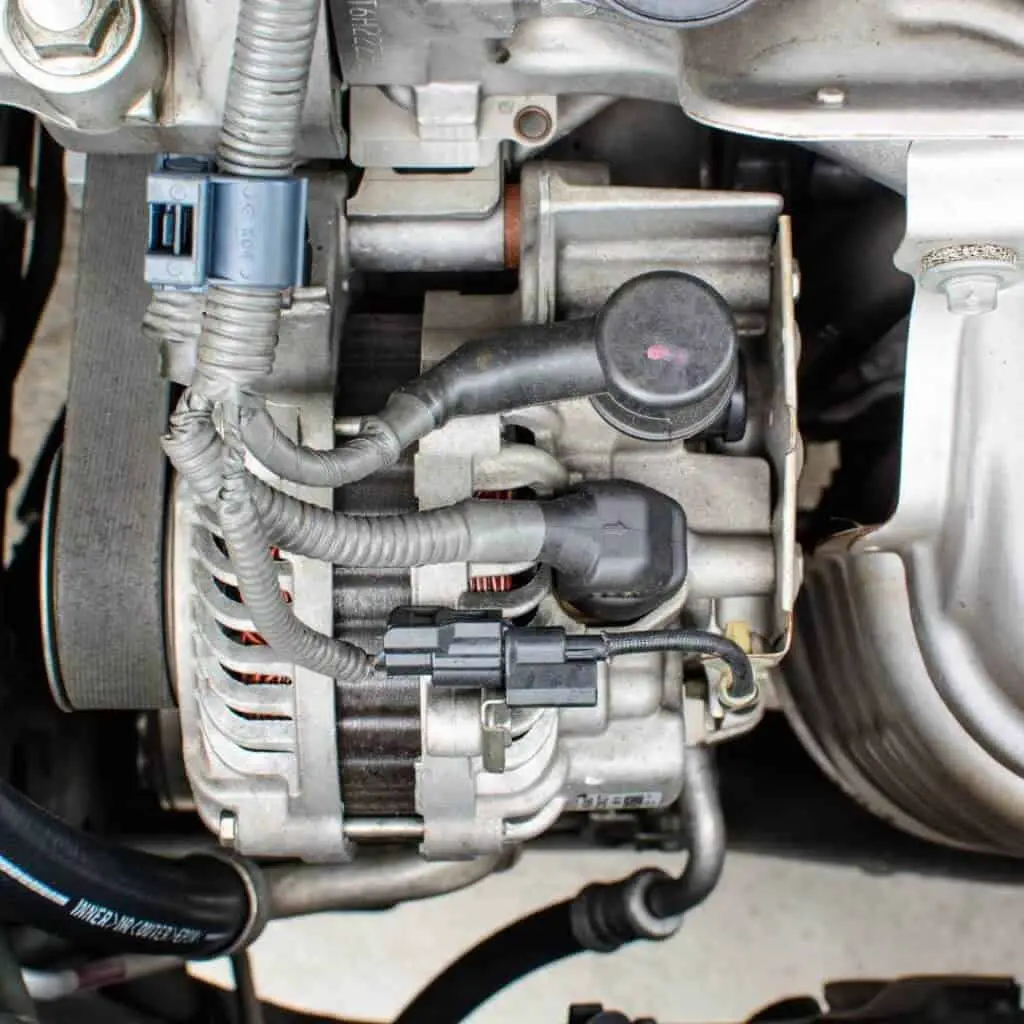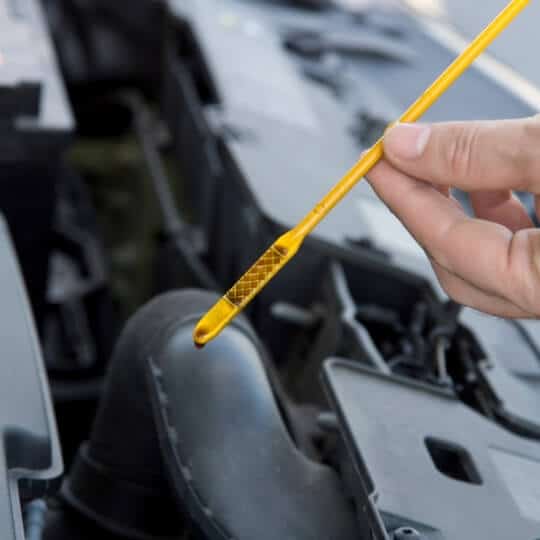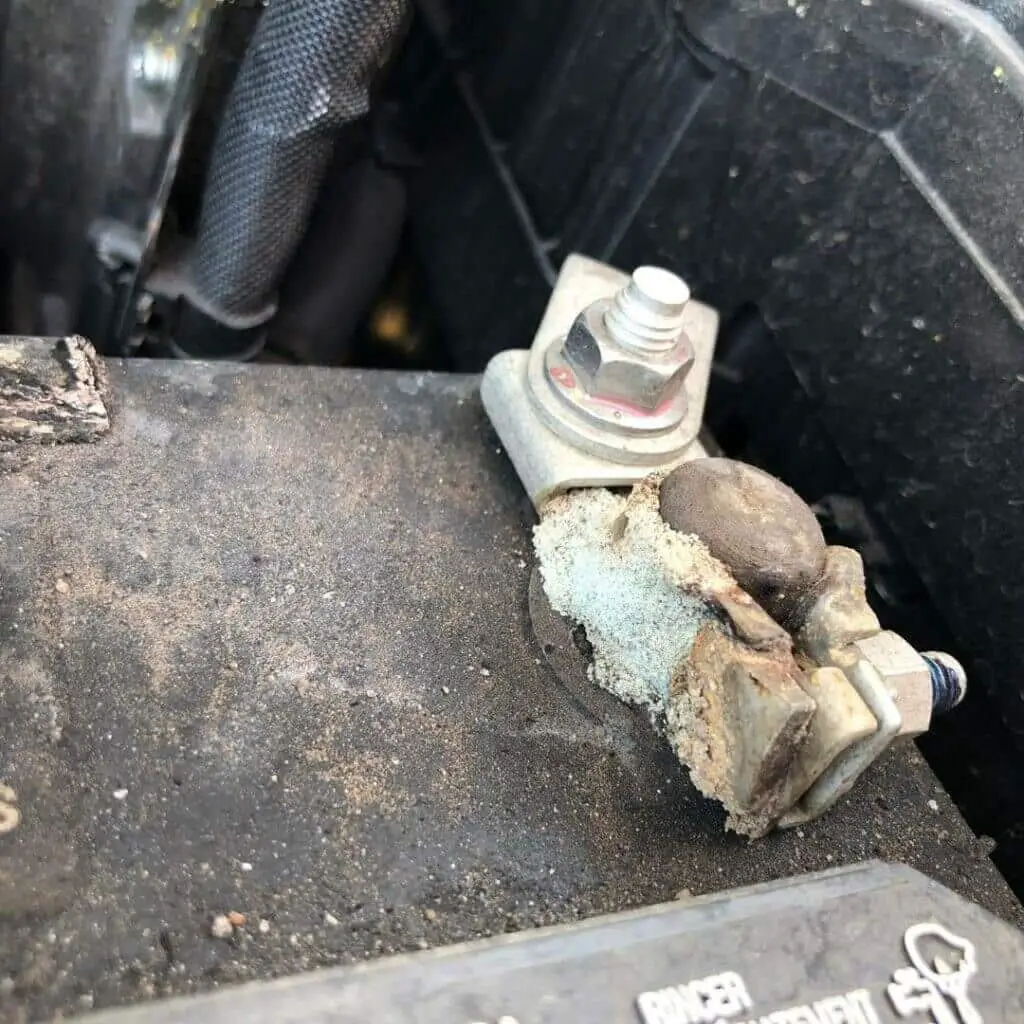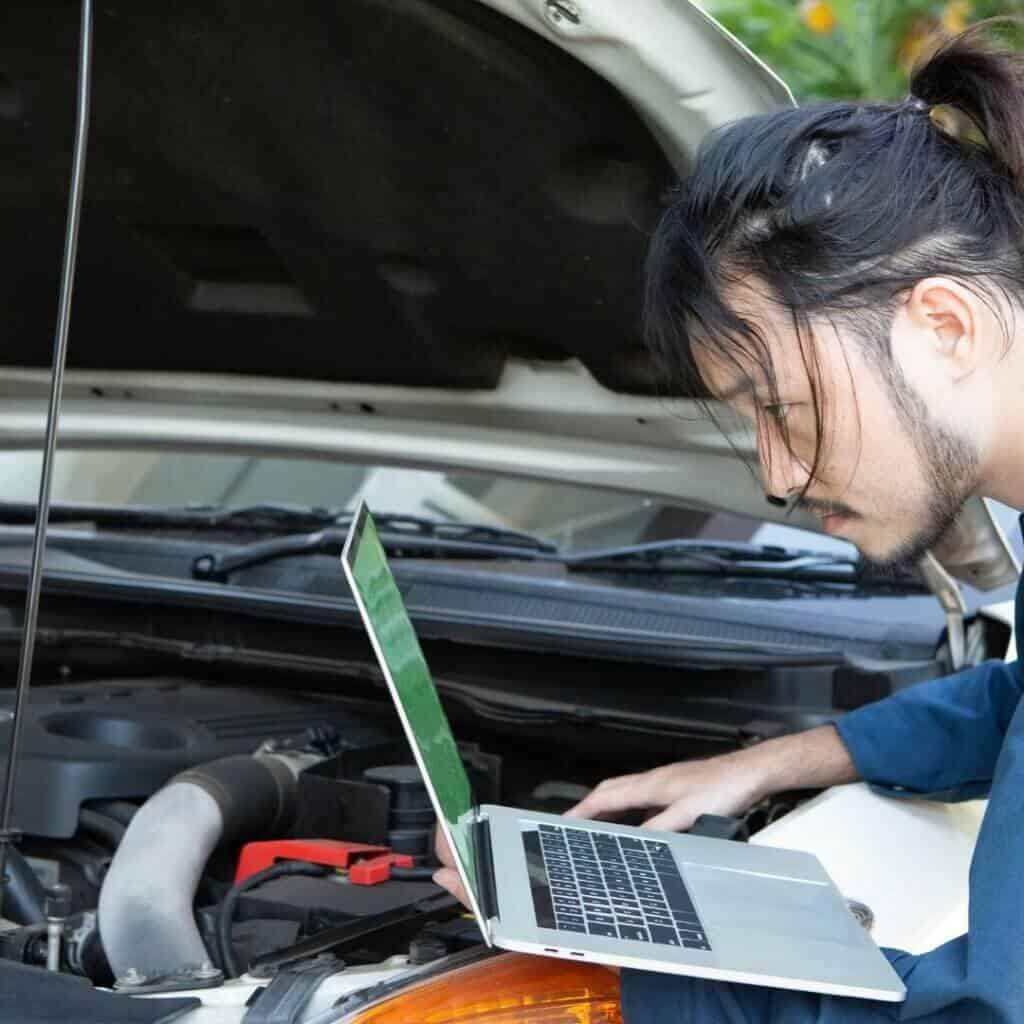When everything is in working order, driving a car is frequently a simple operation. It will deliver you wherever you want to go without a second thought. But it can be annoying and worrying if your vehicle doesn’t start normally. When your automobile doesn’t start, the battery or the alternator is frequently to blame. Bad alternator vs bad battery- identifying the cause of the problem is important to ensure the car operates optimally.
Bad battery vs bad alternator: What’s causing the problem?
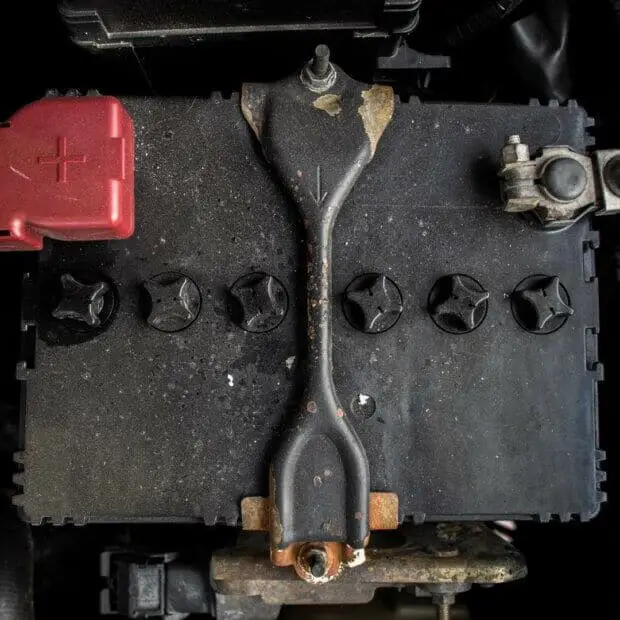
In its most basic form, starting and operating an engine is a 3-step procedure. The battery first jolts the starter with power. Then, turning on the engine activates the alternator [1].
The alternator then charges the battery to end this cycle. You can use the principle of elimination to identify the offender by bypassing the battery’s function and jump-starting your vehicle.
The alternator is probably not getting your battery charged if the engine starts but soon shuts off. The battery is most likely if you can start the car by a jump-start but won’t restart on its own.
Functions Of An Car Battery

- Starts the engine
When the engine start button is pressed, the chemical energy stored in a battery is transformed into electrical power. The power is then distributed to all the parts of your automobile that might require it. [2].
- Helps the ignition system
A battery initiates the car’s ignition system when you start it. It also turns on and runs the engine. It connects the whole electrical system and activates its security measures. That’s when you’ll most likely learn whether there’s a problem with the energy system. All the electrical equipment is also powered by a battery while the engine is not running.
- Sustains the car’s electrical function
A battery that performs as it should ensure the long-term viability of your car’s powertrain. The alternator begins recharging the battery when you start your automobile. The battery also begins to store chemical energy for starting the engine the next time.
- Starts the alternator
The alternator receives power from the battery and keeps the vehicle running after starting. It is also responsible for electrical features like the audio system, air conditioning, wipers, headlights, and even the airbag mechanism. A battery can thus serve as a backup and keep things going if the alternator malfunctions or is overworked.
- Regulates voltage
Other car systems can occasionally become overloaded and generate high voltage spikes. These spikes might cause significant damage to the vehicle (they could even start a fire). Thankfully, a modern battery can absorb some of the high voltage other components might produce. As a result, the entire electrical system and all solid components are shielded from harm caused by abnormal voltage levels.
Functions of an alternator
The alternator keeps your automobile going as long as the engine is running. However, the battery is necessary to start your car when it is not functioning. While the automobile is moving or idle, the alternator powers most electronic parts.
These include the radio, electric windows, windscreen wipers, heated seats, electric steering, and dashboard instruments. All of them receive direct current (DC) electricity from the alternator. Thanks to the alternator, your car’s battery is also charged while driving.
The alternator operates by converting mechanical power into electrical power. When your engine is running, it drives a drive belt that is suspended from an alternator pulley. A cluster of magnets is spun around a coil by the alternator’s drive shaft, which is turned by the pulley.
These rotating magnets produce alternating current (AC) and circulate it through the coil to the alternator’s rectifier. The car’s electrical systems are turned on by the rectifier, which transforms the AC voltage into DC voltage.
Weak Car Battery Symptoms
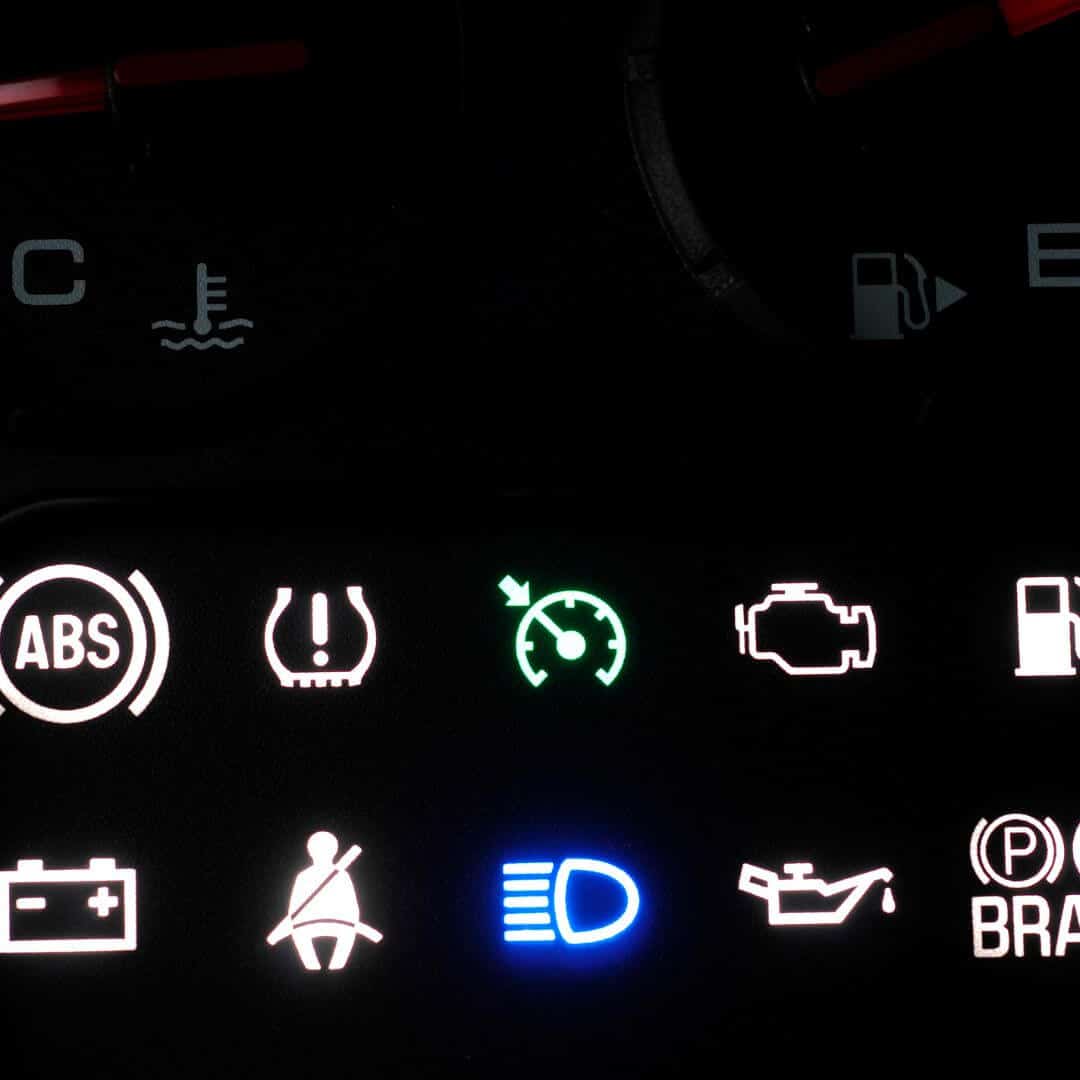
Look for the following typical signs of a dead battery:
- Dim dash lights. Check the battery gauge on the dashboard first. Even if the car isn’t moving, the battery should be charging. If your dashboard lights are dim, your battery is probably having a problem. Next, try activating your automatic windows, lights, or windshield wipers. Then, after making sure they are all off, try starting the car again.
- Battery deterioration. If the vehicle still doesn’t start, remove any rust from the battery with a towel before having someone jump-start it. Then, turn off the car after running the engine for a bit. The alternator performs its duty of keeping the battery operational while the motor operates. Still, the battery isn’t holding a charge after the alternator has stopped if you can’t get it to resume.
- An outdated car battery. Batteries lose the capacity to maintain a charge as they age because of the metal within corrodes. As a result, car batteries typically last between three and five years. The battery eventually loses its ability to store energy to start the car, regardless of how much power the alternator supplies. However, there are factors to consider to prolong the life of your automobile battery. [3]
- The radio is inoperative. When your ignition is turned on, the battery should power the radio, headlamps, windscreen wipers, and other electrical components. The battery may not be charged fully if you observe the radio display or headlamps flickering or fading.
- The automobile starts but then crashes instantly. There are several potential causes, but the best starting point is to check your battery. The battery only has enough power to start the automobile, which causes this issue that only occurs on specific vehicles.
- A swollen battery. Thanks to the manufacturer’s design, you should be able to tell whether your battery is bloated. You’ll be able to spot bulging in the battery’s housing. This issue arises when a defective voltage regulator causes your alternator to overload the battery.
Bad Alternator Symptoms
It’s time to closely check the alternator if the procedures above indicate that the battery is functional. In addition, there are specific signs of a bad alternator to watch out for. Learn how to identify a bad alternator:
- Engine stalls frequently and problems with battery charging. Consequently, the car won’t be able to be started by the battery. Your alternator is probably the issue if your car’s engine stalls immediately after receiving a jump start. Regular engine stalling while driving could also indicate an alternator issue. However, if the engine won’t start, but your headlights function normally, you could be dealing with a defective starting motor [4].
- Unevenly dim or excessively bright headlights, possibly with flickering. This could indicate that the alternator in the car is having problems supplying steady electricity. Revving the engine is one technique to check. Your automobile alternator is undoubtedly malfunctioning if your headlights shine at higher RPMs yet fade when you release the gas pedal.
- Fading interior lights: If the dashboard and internal illumination progressively dim while the engine is running, the alternator may be failing.
- A dead battery: A dead car battery isn’t always the source of startup problems; it can also be one of the symptoms. A malfunctioning alternator won’t recharge the car’s battery, leaving you with a dead battery when you try to crank it again.
- Faulty electrical accessories: A car’s electrical system with erratic alternator output will likely be disrupted if your car’s alternator fails. A damaged alternator can cause various electrical issues, including odd sounds from your stereo, slow-moving power windows, and malfunctioning speedometers. Usually keeping safety in mind, vehicle computers have a priority list for where power goes. Therefore, the stereo may lose power before the headlights if the alternator fails.
- Growling or screaming sounds coming from your car should never be ignored. You may have a failing alternator if the screaming grows louder when the heating or sound system is on. A misplaced alternator belt grinding against the dynamo pulley may be the source of these noises. A failed alternator can also be located by revving the engine while the AM radio is on a low dial with no music. A whining or blurry sound that results from this could indicate an alternator issue.
- Burning smell: The alternator belt is constantly strained and rubbed against something. Due to its proximity to the hot engine, the belt may emit a burning smell as it ages. Burnt odors may also come from an alternator that is overworked or has broken wiring. As the alternator passes current across frayed wires, it will heat them and cause electrical resistance.
- Dashboard warning lights: A lit battery light indicates a problem with the charging system. The Check Engine lamp on some vehicles may show this. Also, while using various accessories, you might notice that the dashboard light flickers on and off. This is because the alternator has problems supplying power to shifting loads, which is why this occurs.
Can a bad battery affect the alternator?
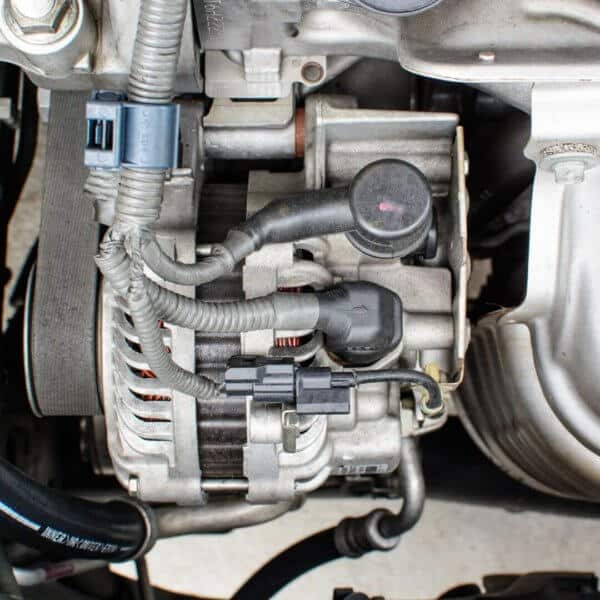
A weak battery has no impact on the alternator. However, a faulty or weak alternator can quickly degrade the battery. In addition, an alternator is impacted by a broken battery as well. This is because it works harder under the strain of a damaged battery and may cause the alternator to fail altogether.
It doesn’t help to maintain the car operational when a dead battery increases the load on the alternator. You should indeed use a high-quality battery since it will keep the engine in good working order. Power loss results from using a battery that is either weak or too tiny. You’ll sense that your engine’s power supply is inadequate and that you’ll have to use a dynamo or an air conditioner.
A wrong size battery or a weak battery will negatively impact the car’s engine in addition to the AC system. In these situations, you’ll need to ensure the battery is up to date to keep the car running. Finally, you’ll utilize an AC, which has nothing to do with that battery and might not be impacted by it. It is a unique component of the car employed in an emergency.
Will a car start with a new battery and bad alternator?
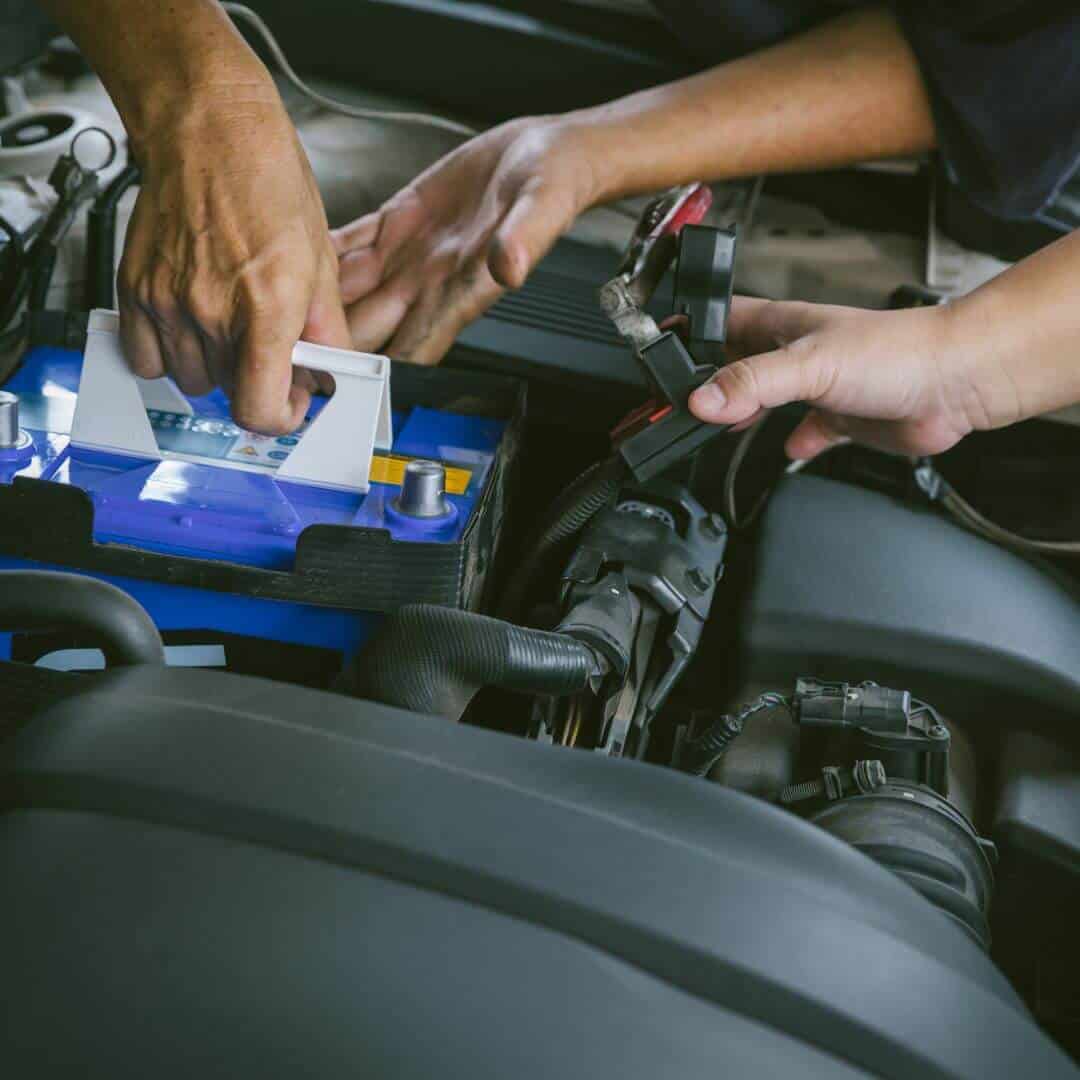
Yes, you can still start your automobile with a defective alternator and a fresh battery. But a bad alternator can only keep the car running for a short while. Once the battery is discharged, the vehicle won’t start because the alternator is responsible for recharging the battery.
Your automobile can operate for a brief time without a working alternator. But doing so carries dangers and can be hazardous for you and other drivers. Driving on a damaged alternator can lead to several problems with your car’s electrical and engine systems.
Additionally, the battery in your car will ultimately run out, leading to the vehicle stalling. If you find yourself in a lonely place and lack the tools to jump-start your automobile, you risk becoming trapped. You can lose control of the car if the power steering in your vehicle stops working. For these reasons, it’s best to have your alternator fixed to safeguard you and other road users.
Can a bad alternator kill a new battery?
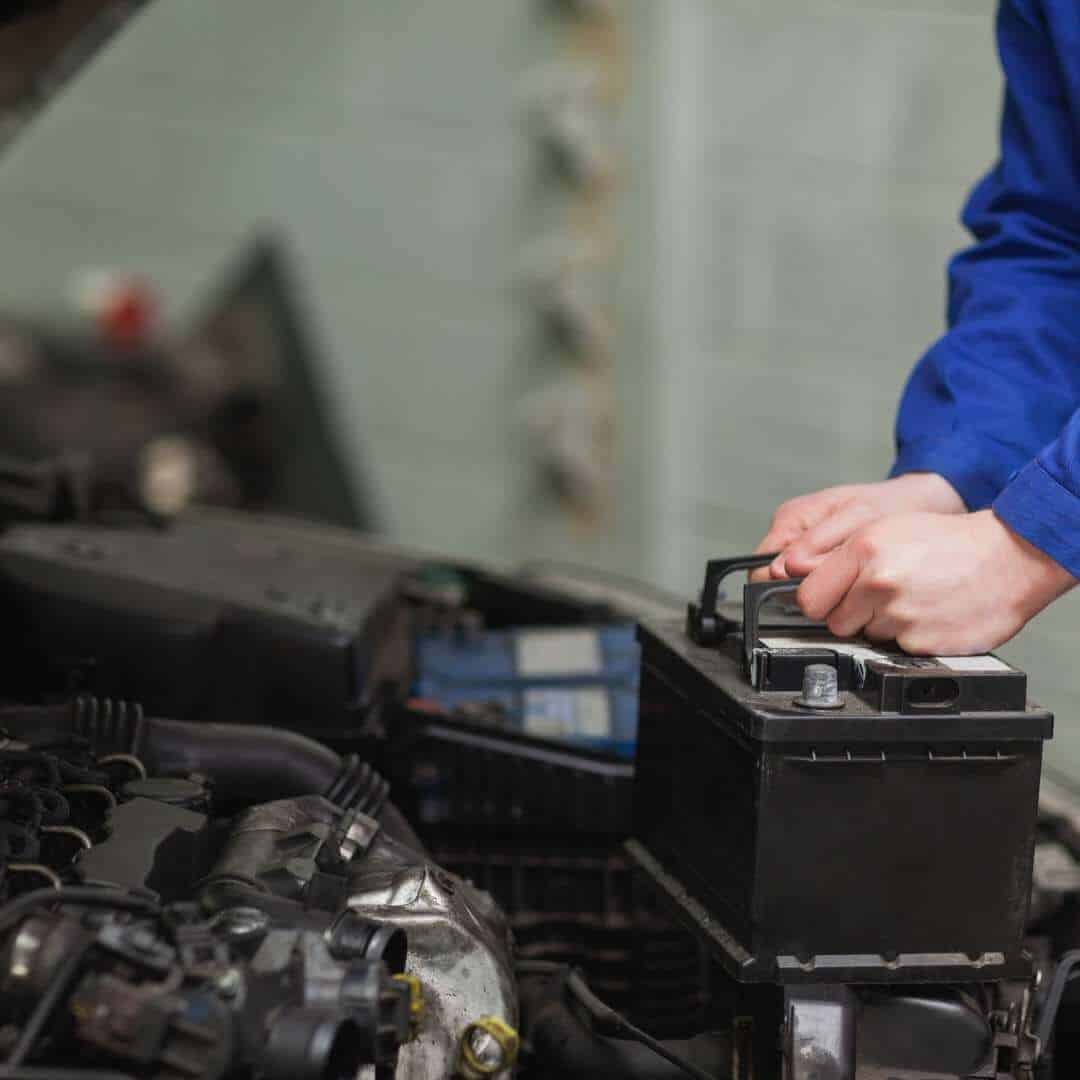
The alternator can drain a battery, contrary to what it is meant to do. The rectifier in alternators changes the alternating current (AC) generated into the direct current (DC) that your vehicle’s electronics require.
The rectifier uses diodes to enable only one direction of current flow across the circuit. Even while the engine is not operating, a faulty rectifier diode might cause current to flow in the wrong direction. It is comparable to a water jug with a steady drip that finally exhausts the resource it contains. It is referred to as a parasitic drain or pull.
A malfunctioning alternator might prevent the battery charging in addition to causing a parasitic draw. As a result, the battery may not be directly depleted. Still, an alternator that provides insufficient power may send all of its output to car-related systems. [5]
The battery’s stored energy may be called upon to supplement the power those systems require. In addition, corroded interconnections inside the alternator can be caused by defective diodes, a malfunctioning voltage regulator, or aged brushes.
How to check if the alternator is draining the battery
Dealing with a parasitic drain is difficult. This is because it is intermittent and frequently results in a flat battery when you least suspect it. In some circumstances, it may be severe enough to drain the full battery overnight [5].
This is how a draw on an alternator works. All you require is a modern multimeter to test any circuitry for a parasitic draw.
- Charge the battery completely. A fully charged battery is advised for precise readings and adequate testing duration.
- Disconnect all powered gadgets. Turn off your dome light, detach the key from the ignition, plug in any accessories you have. Wait for the computer modules to enter “sleep” for at least 30 minutes.
- Check circuits for power in places where it shouldn’t be present. Connect the multimeter’s black cord to the battery’s negative post and set it to the DC milliamps setting. Use the red lead on the multimeter’s highest limit to probe the negative battery cable. Next gradually dial it down until it detects amperage. Your car has a parasitic load if the draw exceeds 50 milliamps.
- Remove the alternator fuse after that, and check the draw again. The alternator is at blame if the parasitic draw has disappeared.
- Test the alternator diodes. Set the meter to AC Volts (ACV) and reattach the battery cable to verify your suspicion. The red line should be connected to the positive terminal and the black line to the negative terminal when the engine is running. The alternator probably has one or more faulty diodes if there is more than 0.5 ACV.
Will bad alternator diode battery?
The alternator is responsible for charging the automobile battery and supplying electricity to the vehicle’s electrical components.
A damaged or malfunctioning alternator diode will improperly keep the circuit charged even with the engine off. As a result, your car’s battery will eventually be drained, and the vehicle won’t start.
What can drain a car battery instantly?
One of the factors that cause a car battery to die is keeping the lights on. Every driver has made this error at least once since they have frequently wondered “what might be draining my car battery.” You were probably exhausted when you left work and rushed to get home. And you ended upleaving the trunk open or the headlights on, which caused the battery to discharge overnight.
Even little dome lights have a significant negative impact on the car’s battery. Or perhaps you load your vehicle at home and forget to turn on the light, causing the battery to discharge overnight. So check to ensure no lights are still on before closing the door behind you. Some of the things that instantly drain your car battery include:
- Electricity Issues
- The battery is not strong.
- Battery connections that are loose or corroded
- A defective alternator diode
- An old battery
Bad battery vs bad alternator: Final word
Both the alternator and the battery are necessary for charging; the alternator must start charging before the battery can. Without the other, neither functions well. To prevent further problems in the future, fix any alternator or battery problems as soon as possible.

